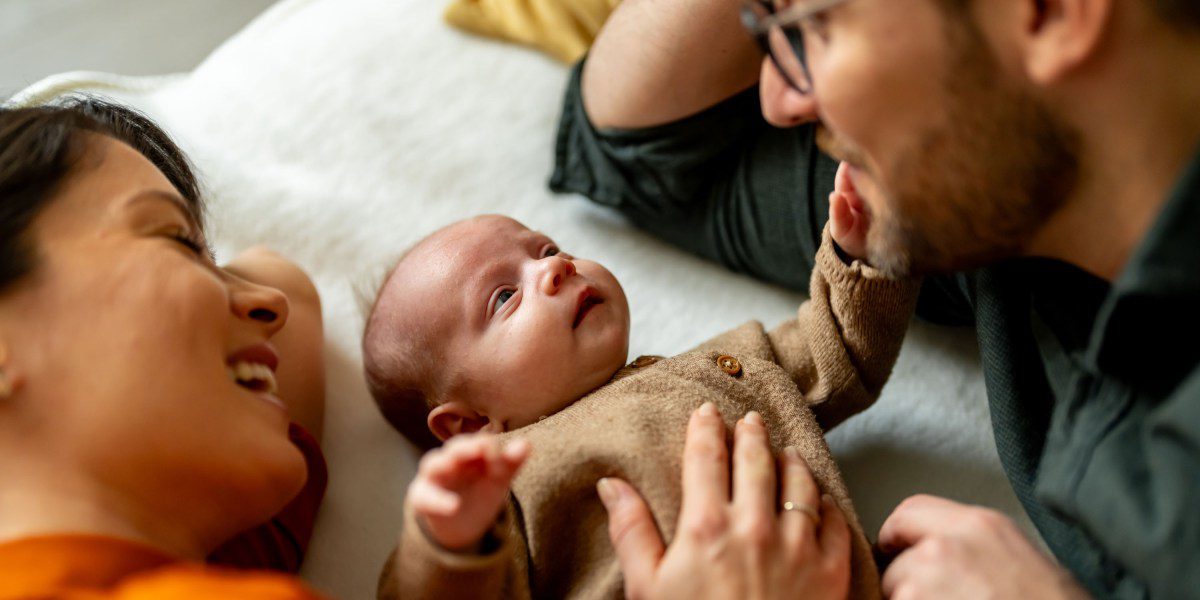The World’s Oldest Baby: A 30-Year-Old Frozen Embryo
This week, we welcomed a record-breaking baby into our world. Thaddeus Daniel Pierce isn’t just any newborn; his story highlights the evolving landscape of reproductive technology. You know how you might freeze leftover pizza for later? Well, Thaddeus started his journey in an embryo freezer 30 years ago! Yep, he’s now officially the world’s oldest baby born from a frozen embryo. How wild is that?
A Surreal Journey from Storage to Family
Thaddeus arrived over the weekend, and his parents, Lindsey and Tim Pierce, were just kids themselves when that embryo was created back in 1994. Can you imagine? They were likely playing with toys while their future child was being preserved for a someday that would come three decades later. Linda Archerd, the woman who generously donated the embryo, called the experience “surreal.” And honestly, it really is surreal to think about how technology can bridge time in this way.
It shows just how significantly reproductive technologies are shaping families today. With advancements like embryo freezing, many people are empowered to explore parenthood on their own timelines. Just think of Thaddeus as a product of hope and innovation in the face of traditional constraints.
The Bigger Picture: How Frozen Embryos are Changing Lives
Thaddeus might be breaking records, but he’s not alone. Plenty of other babies have been born from embryos that have been frozen for extended periods. Isn’t that something to ponder? Where once there were limits, now there are opportunities — the possibilities for so many hopeful parents are just opening up.
This brings us back to a broader conversation: How do we navigate the landscape of reproductive technologies? Countries around the world are increasingly keeping embryos in storage, and that naturally leads to questions. What does the future hold for frozen embryos? For couples contemplating their paths to parenthood, these decisions can become overwhelming.
👉 If you’re curious, you can read the full story on Technology Review.
The Latest from the World of Fertility Tech
With news like this, you’d think people would be all up-to-date on fertility tech, right? Think again! Just earlier this month, researchers announced babies born from a three-person IVF trial, which can potentially reduce the risk of mitochondrial diseases. While groundbreaking, not everyone is entirely convinced that it’s the answer we’ve been looking for.
What about those frozen embryos piling up in storage banks, you ask? They’re becoming a real conundrum! The struggle to know what to do with them is more prevalent than ever. It’s a topic that needs our attention as we navigate this new frontier.
A Tapestry of Family and Technology
While the buzz around frozen embryos continues, it’s essential to remember that technology alone won’t solve the looming fertility crisis. Some argue that family-friendly policies and gender equality might be even more critical in addressing the underlying issues. You might think of it as finding a balance between tech and societal structures to support family-building. It’s about enhancing the human experience, not just advancing technology for the sake of it.
To cap it off, just last spring, the first babies conceived with a new sperm-injecting robot were born. It’s fascinating, isn’t it? Companies are working to engineer a desktop fertility machine, delivering more choices to those who want to start a family. Talk about innovation!
So what’s your take on all of this? Are you excited about how technology is changing the landscape of parenthood, or do you think there should be more focus on social issues? Want more insights like this? Keep coming back for the latest!
Meta Description: Discover Thaddeus Daniel Pierce, the world’s oldest baby born from a frozen embryo after 30 years. Explore how reproductive technologies are reshaping families.
Slug: worlds-oldest-baby-frozen-embryo
Feel free to dive deeper into these emerging discussions. There’s always more to learn in this ever-evolving tech landscape!
